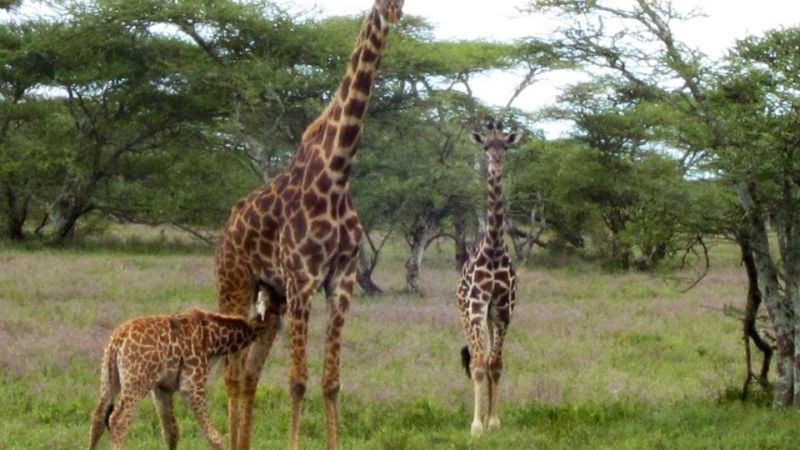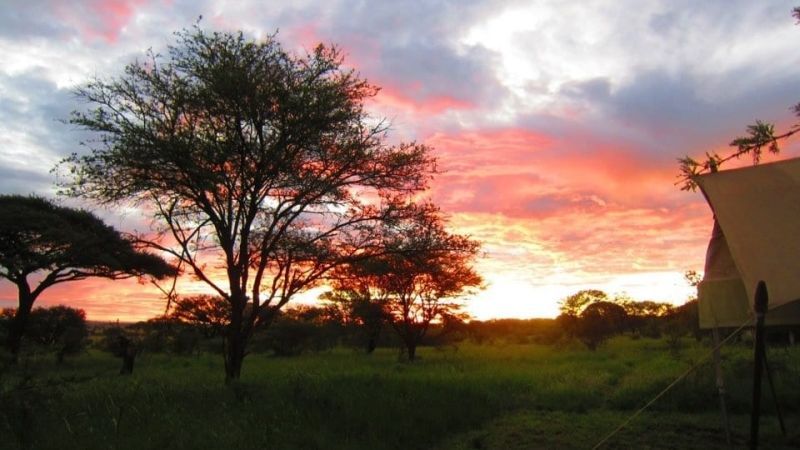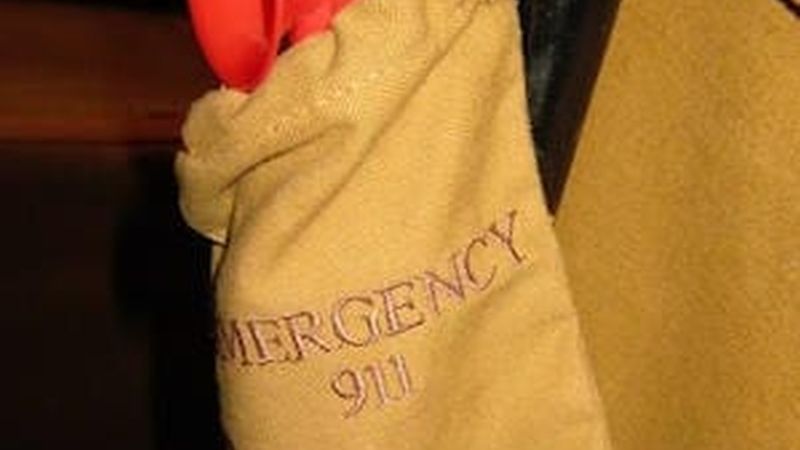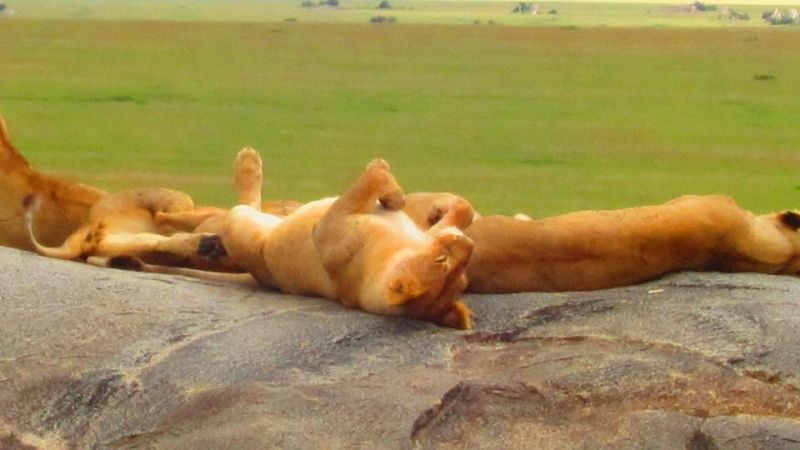
This week’s Flashback Friday post we are heading down memory lane to May 2012, and one of my absolute top travel experiences ever! I mean, who doesn’t dream of seeing some of the world’s most fascinating and beautiful animals, naturally in their habitat, on an African safari?
Advertisement
May, 2012
Coming in across the Serengeti plains for a landing in the small six-seater aircraft, I spotted a herd of something below. Gazelle? Impala? It was definitely some sort of antelope. And in the midst of them, something raised its long and graceful head far above the others. My heart skipped a beat — it was a giraffe! I was seeing a real, live giraffe in the wild, in its natural habitat of the African Serengeti, with my very own eyes!

Advertisement
It only got better from there.
Last month Keith and I were invited by the fabulous safari company, andBeyond, to go on safari with them while in Tanzania. For any traveler, an African safari is way up there on that bucket list of must-do things in this lifetime, and we are no different. From the moment we landed and drove away from the small dirt airstrip with our guide, Medson, we spotted wildlife. Within half an hour we observed hippos, baboons, more giraffe, and even a leopard napping in a tree before his evening hunt began. I was blown away — and we had only been in the Serengeti for a short time.

Medson drove us to our andBeyond tented camp, Serengeti Under Canvas. This is an incredible, luxurious camp that moves five times a year, to follow the wildebeest migration. The annual movement of wildebeest across the Serengeti-Mara ecosystem is one of the greatest spectacles in the natural world. The horizon fills with 1.5 million wildebeest, 200,000 zebra, 18,000 eland and a half-million Thompson’s gazelle, relentlessly tracked by Africa’s great predators which are some of the most dangerous animals in the world.
Advertisement
Glamping in the Serengeti
Serengeti Under Canvas is a marvelous place — this is no “roughing it” camping. The spacious tents are equipped with a comfortable hardwood bed, rugs and even a flush toilet. We had our own personal butler, Edward, who was responsible for bringing us hot water for the outside shower, our meal services and, most importantly, escorting us to and from the main areas of camp after dark to make sure we would not get eaten by animals. Exactly what Edward would be able to do if a lion attacked, I was a little unclear on, but he was terrific — as was all the staff at the camp.
One morning, I was awoken very early by a soft rustling outside the tent. Peeking through the flaps, I saw a magical sight: a small family of giraffes were eating breakfast in the tree next to us, mere feet away!

On an all-day game drive with Medson we saw elephant, lions, buffalo, warthogs, zebra, impala, gazelle and even one of the rarest animals to spot, a cheetah making his way through the great wildebeest migration. We enjoyed a wonderful picnic lunch beside a salt lake where hundreds of vivid pink flamingos lived.
Medson checked the area for lions before setting up our picnic; I wasn’t sure if I should be worried that one must check for lions first. We had also been provided with an emergency horn in our tent. I voted for being on the safe side, although most lions I saw throughout my time looked very much like this:

But even though we saw lots of napping lions and they are lazy a lot, it takes tremendous energy for the sprint and attack that they use when they do hunt, so I suppose they are conserving energy. One of my favorite moments was when we came upon this momma with her little, playful cubs:
Advertisement
A World Apart at Ngorongoro
From the Serengeti we flew to the Ngorongoro Crater, a singularly exquisite ecosystem. The largest intact volcanic caldera in the world, the Ngorongoro Crater shelters one of the most beautiful wildlife havens anywhere. A permanent population of more than 30,000 animals inhabit a mere 100 square miles, in the 2,000-feet deep crater. The crater is home to the Maasai tribe, and because most of the animals do not migrate from the crater it has created a completely unique biosphere where many rules of the natural world do not apply.
For example, here the hyenas have become more of the hunters than the lion — who are generally the scavengers that live largely off the kills of hyena and other animals. In Ngorongoro we also saw the last of the “Big Five” that we had not seen in the Serengeti: the Black Rhino.
The Ngorongoro Crater Lodge was completely different from Serengeti Under Canvas; a luxury lodge built in a combination of traditional Maasai, Western African and even Asian influences, this is a beautiful property with one of the most magnificent views in the world, right over the crater.
One day, we even got to go with a local Hadzabe guide to visit their nomadic tribe, living deep in the Serengeti and moving camps every few weeks. These are a people whose lives haven’t changed very much in thousands of years — they make their own tools, hunt their own food, and generally have no contact with the outside world. They also speak in a distinct language that is made up largely of clicks. You can read more about my day with the Hadzabe here.
Advertisement
Tanzania was absolutely one of the top travel experiences of my lifetime, and created memories I will carry forever.
Advertisement